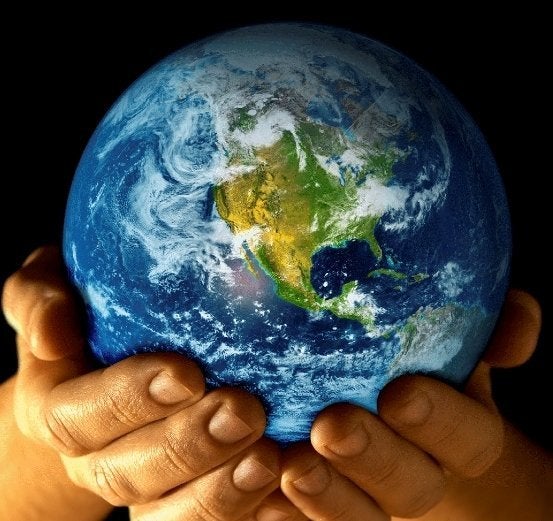
This is part three of a series on the Blue Revolution, today focusing on those repeating headlines indicating that there is a very serious decline in fish stocks throughout our oceans. Projections show that even with the increasing world population and a shift of nutritional patterns away from red meat towards seafood, actual fish production will decline in the future. Already seafood costs more than chicken, pork and beef in supermarkets. At one time not too long ago, ocean products were a bargain. Remember those Friday fish meals (having something to do with some Christian belief) which were barely tolerated? The increasing gap between supply and demand will even further raise prices.
Aquaculture already supplies 31% (70% from China) of marine food production. But the future is in the sea around us, and mariculture, meaning aquaculture in the open ocean, is increasing, albeit slowly, because of environmental and other constraints.
Nearly a decade ago, I was co-author of "The Ultimate Ocean Ranch," a concept to farm the ocean utilizing the following practices:
1. Place these ranches in the open ocean away from coastal environments.
2. Link to the cold water effluent of ocean thermal energy conversion (OTEC) plantships. These waters are very high in nutrients in the exact ratio and composition needed for sea life.
3. Conduct the basic science and engineering for the process:
a. Utilize nutrient or temperature barriers (i.e., no cages).
b. Close the growth cycle so that no feeding is necessary (see #2).
c. Acoustically harvest the seafood (not too adventuresome, but sound can attract fish).
d. Develop the robotics to protect the bioproduct.
e. And so on.
Next generation fisheries never did gain any traction, but, with the advent of OTEC, there is now promising hope for this concept.
I've certainly tried, for I co-chaired a National Science Foundation sponsored gathering in 1991 on Research Needs for Off-shore Mariculture Systems, and chaired the first international summit in Tokyo on the subject involving Japan, Norway and the U.S. in 2004. The following year I helped orchestrate the Bergen Declaration on Next Generation Fisheries, which was also signed by Chile. Thus, much of the international understanding and scientific storyboard to advance the field are already in place.
The clear leader for Next Generation Fisheries is the Pacific International Center for High Technology Research, headquartered in Honolulu, Hawaii. Anyone out there interested in joining the mission to better feed humanity and insure for the survival of fish species nearing extinction should contact them.